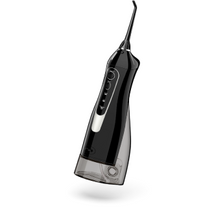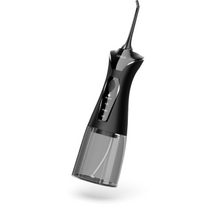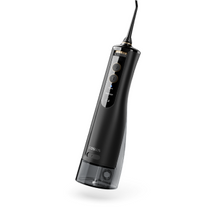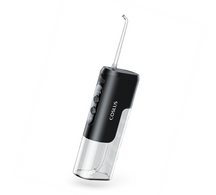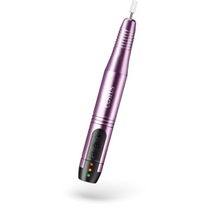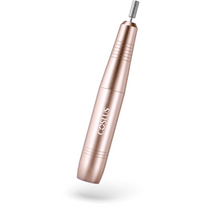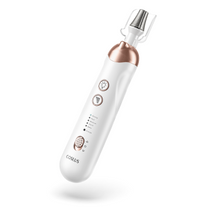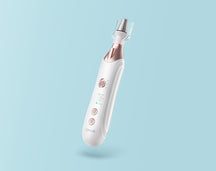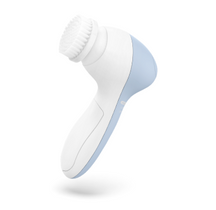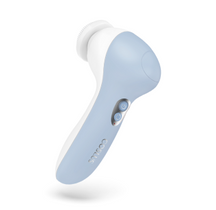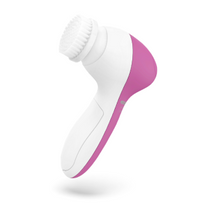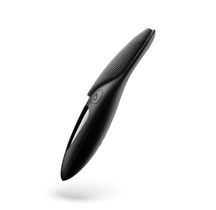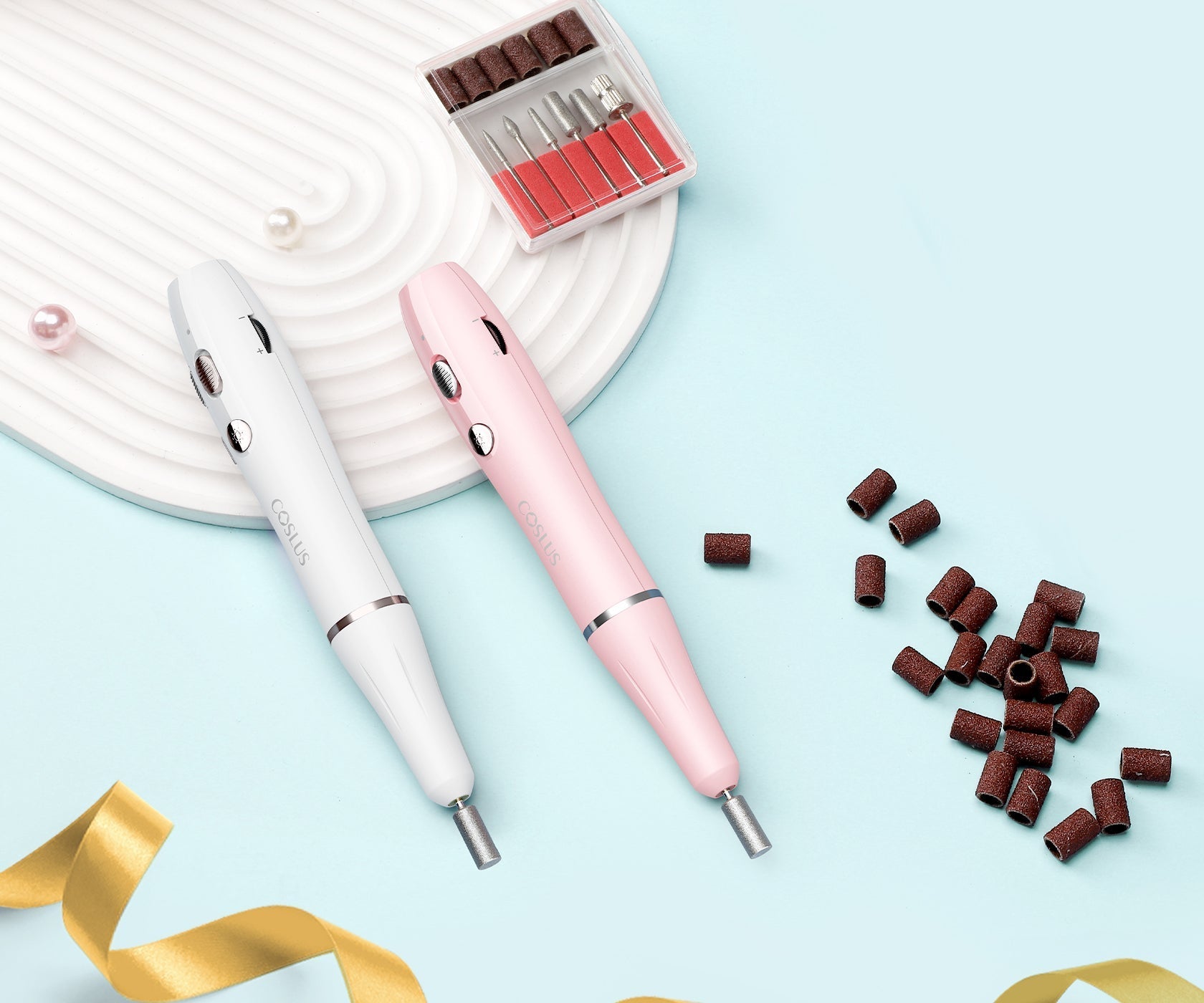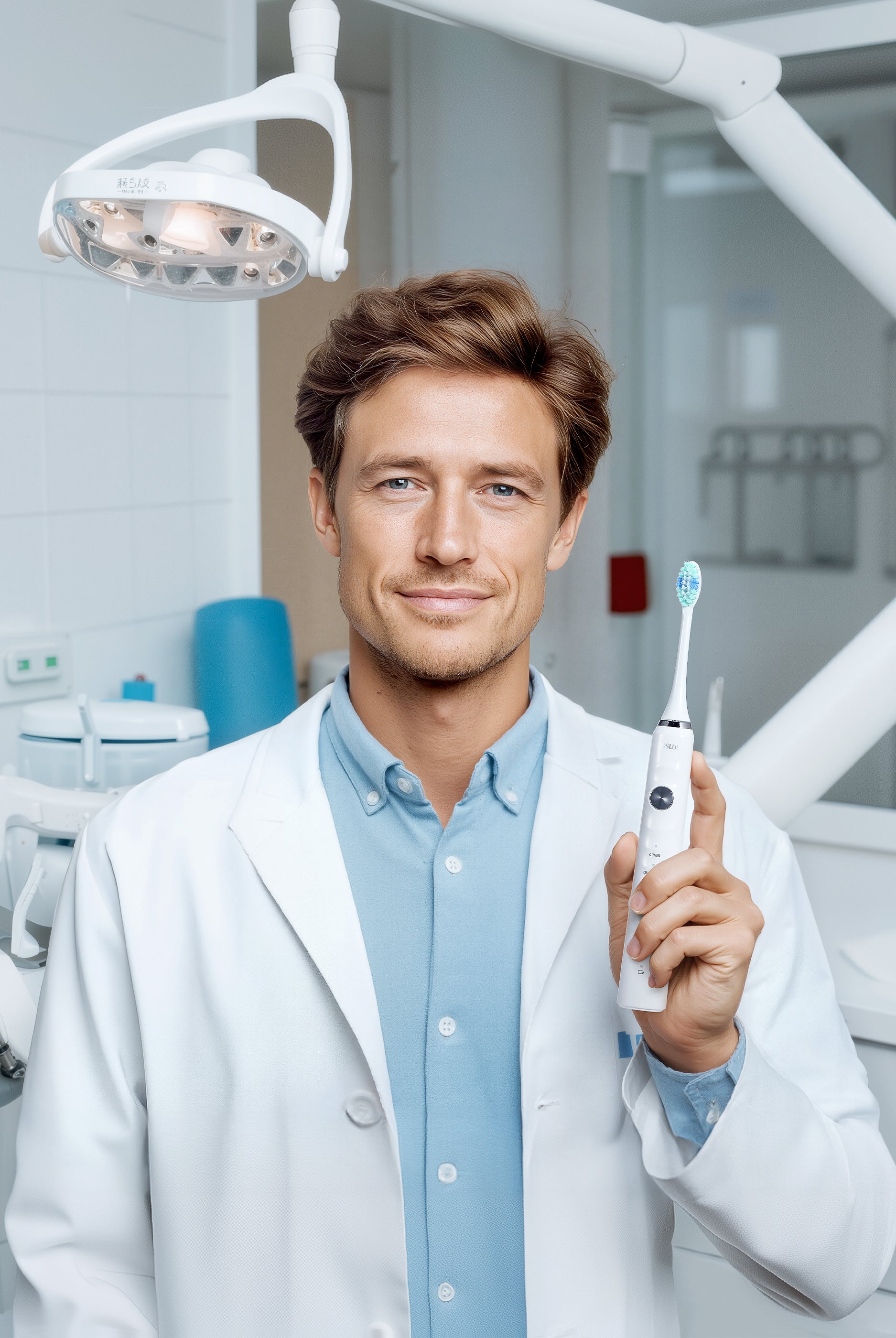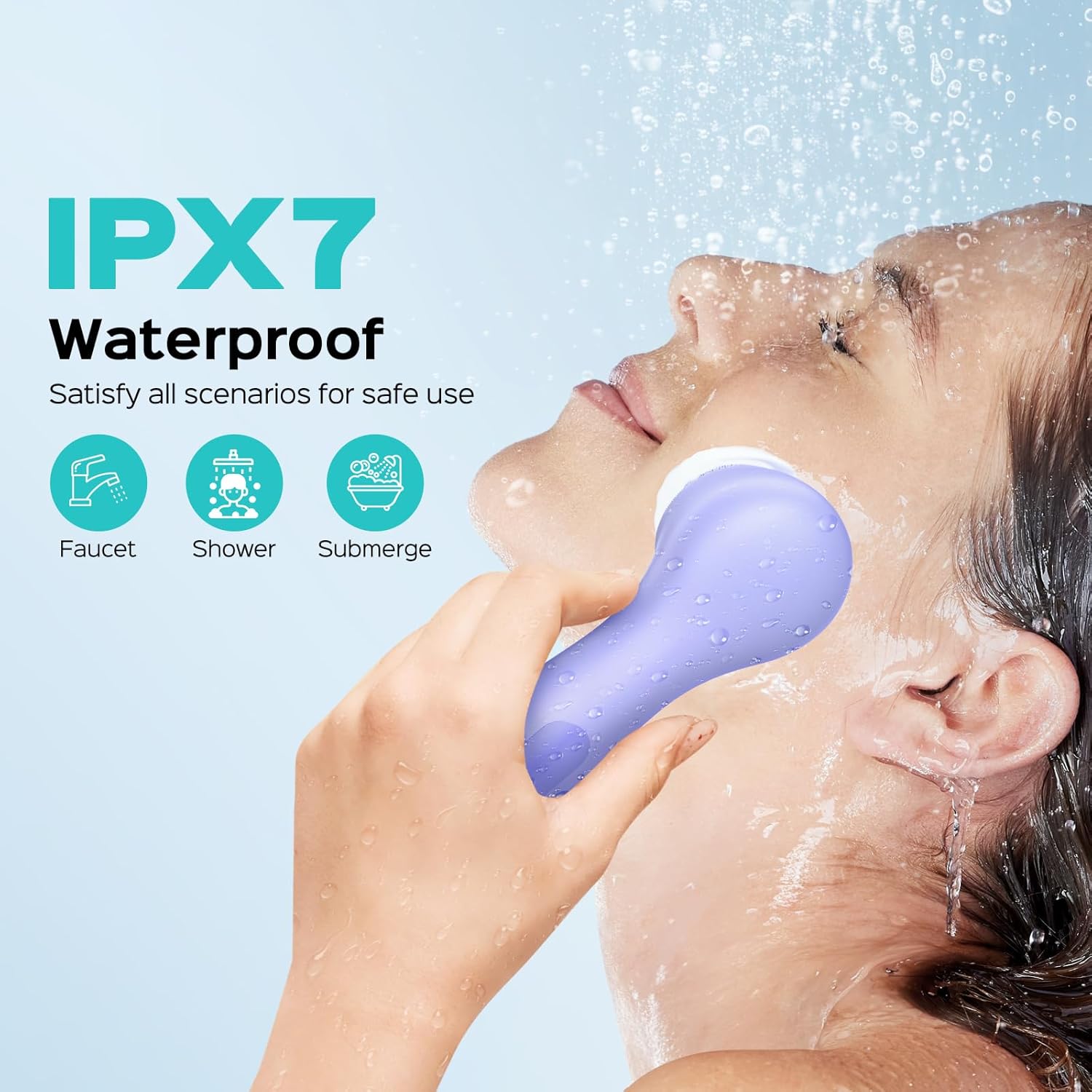Quick Answer
Yes, sonic toothbrushes are generally better than manual toothbrushes, with studies showing they can remove about 10% more plaque and are particularly effective for people with braces or limited hand mobility. While they have a higher upfront cost, their high-frequency vibrations (24,000+ strokes per minute) combined with proper brushing technique provide superior cleaning in hard-to-reach areas while being gentler on gums, though remember that good oral health still depends more on consistent dental habits
Introduction
Ever wondered if those fancy sonic toothbrushes are worth the extra money? These modern dental tools vibrate at amazing speeds—thousands of times per minute—creating tiny bubbles that clean between teeth where regular bristles miss. Dentists often point to research showing sonic brushes can remove more plaque with less effort, potentially leading to healthier gums and fewer dental problems down the road. Whether upgrading makes sense depends on your specific dental needs, budget, and whether you're likely to use the special features that come with that higher price tag.


